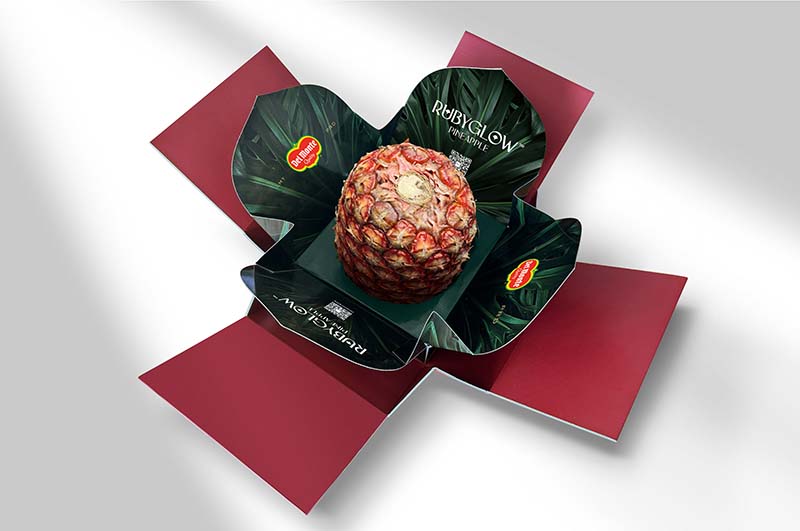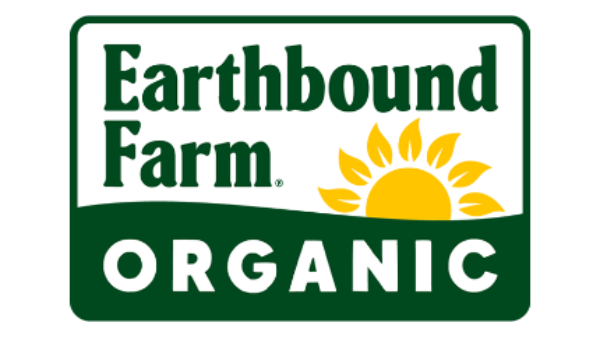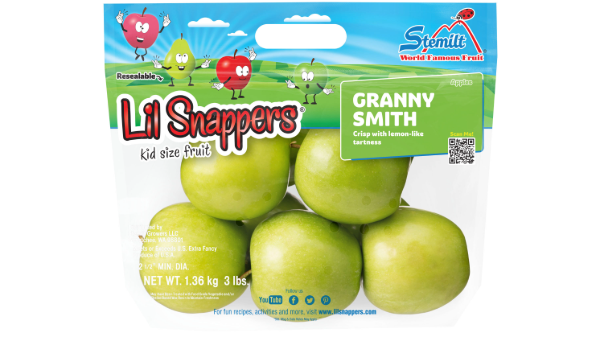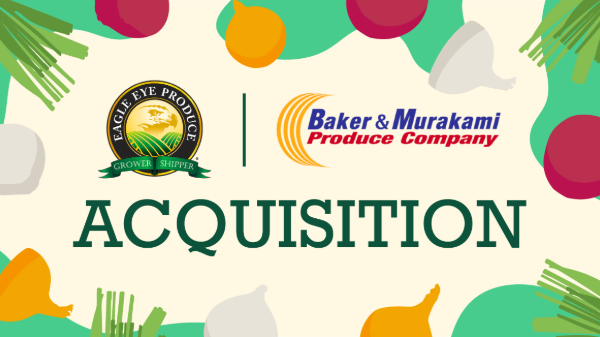Welcome to Blue Book!
Are you ready to join the thousands of companies who rely on Blue Book to drive smarter decisions? View our plans and get started today!
Still have questions? We’d love to show you what Blue Book can do for you. Drop us a line– we’ve been waiting for you.

Often called the Gateway to the Americas, Miami lays claim to a growing, ethnically diverse population with a voracious appetite for fresh fruits and vegetables. In 2016, the population in South Florida (including residents in the Miami-Dade, Broward, and Palm Beach metropolitan region) surpassed 6 million, making it the eighth most populated metro area in the nation.
In Miami-Dade County alone, the population has skyrocketed by 7.8 percent over the past five years—and most of this surge came from people relocating from other countries. With Hispanics or Latinos representing more than two-thirds of the county’s residents, Miami-Dade is known as the epicenter of the Sunshine State’s Hispanic populace.
Miami is also a magnet for travelers from around the world, and all of them have to eat—spending billions on hotels, food, and entertainment each year. Douglas Tannehill, president of Global Perishable Services LLC, says the rich diversity of Miami’s people—both residents and visitors—is what separates this colorful city from other produce markets. “It’s a very multicultural, multiethnic environment,” he explains, with “people from throughout the Caribbean, Latin America, and South America, so there’s a demand for many different produce products.”
All this comes together to create a prolific fruit and vegetable trade. Read on to learn more about the current advantages, trends, and challenges faced by Miami’s produce buyers and sellers.
Sand, Sun & Sizzling Hot Commodities
Unlike producers in most regions, farmers in tropical South Florida enjoy a year-round growing season and the ability to plant a wide array of fruits and vegetables. “The Miami produce industry is extremely diverse,” comments Walter Vazquez, Jr., CEO of Freedom Fresh, LLC, a distributor in the Miami area.
“We’re able to grow traditional staple items such as tomatoes, squash, and peppers, but our tropical climate also allows our local growers to provide us with exotic items such as dragon fruit, lychee, avocados, and mamey sapote,” notes Vazquez.
He also points out another important factor: when the rest of the country is experiencing winter temperatures, Florida is sunny, warm, and hospitable to growing many crops. Tannehill agrees, noting the prevalence of citrus and vegetable crops. “In the winter, we have quite a bit of local product,” Tannehill says. “Almost year-round, you’ll find something growing down here.”
Trendy Tropicals
Over the past year, Miami has seen a spike in demand for already-popular tropical items. “With locally grown tropical fruits, such as dragon fruit, longan, starfruit, lychee, sapodilla, and mamey sapote, we’ve experienced an increase in movement,” confirms Marc Holbik, vice president of business development for Ecoripe Tropicals. “We expect continued growth in this segment as more retailers are including them in their tropical section.”








